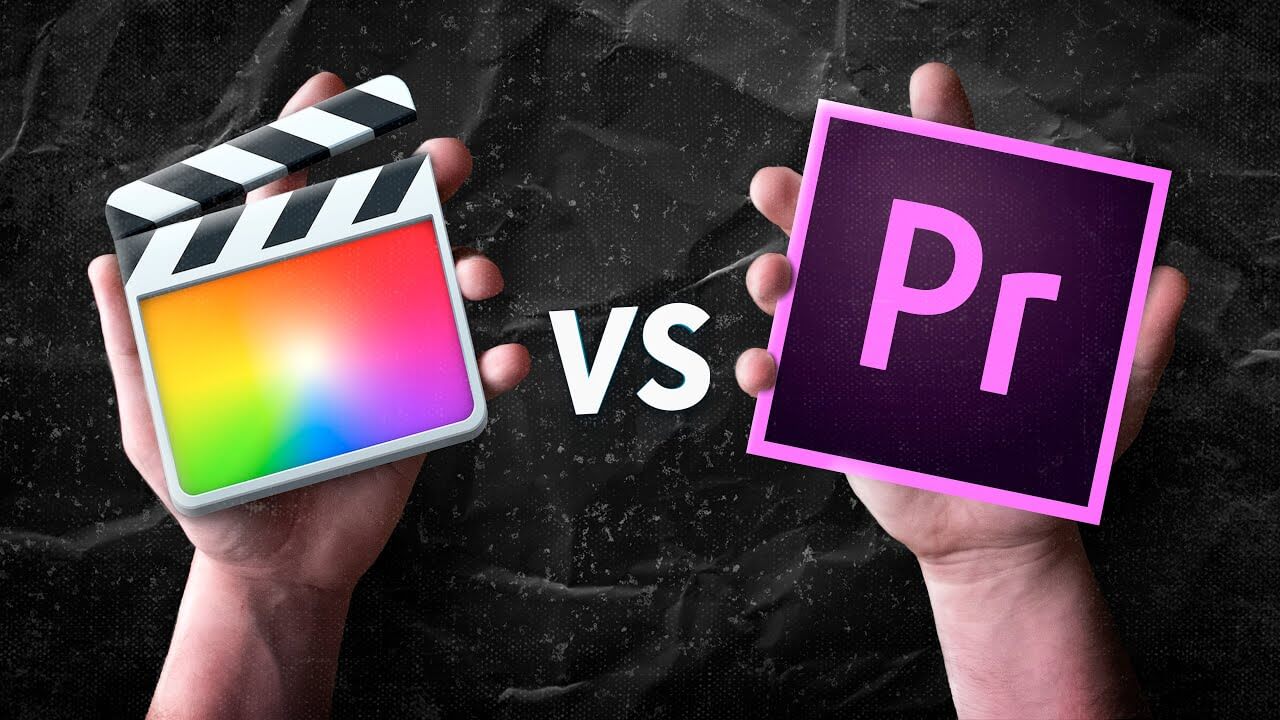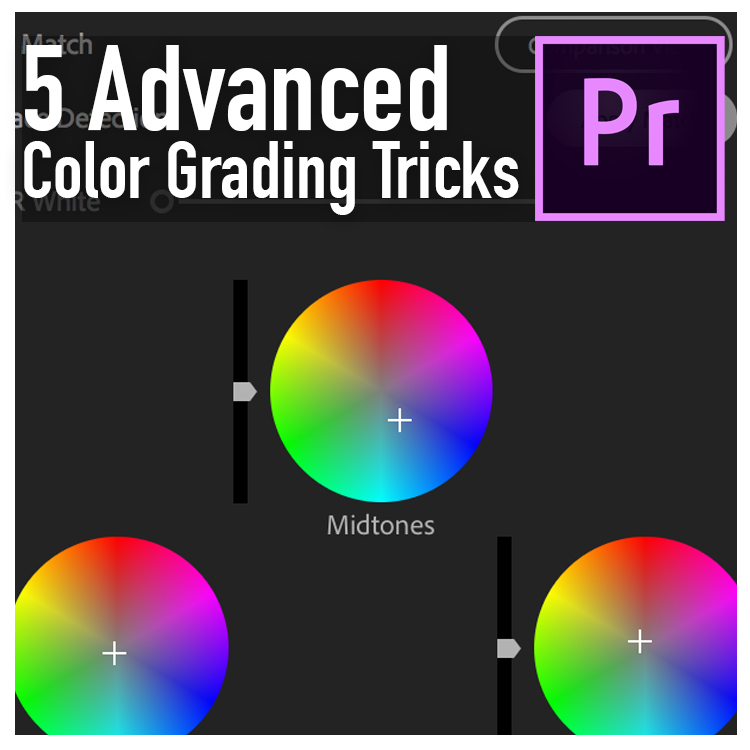

This feature will attempt to copy the look of one clip with another. Match ColourĪnother option under the enhancements menu is Match Color. Playing with these settings can show what footage looks like. The Effects pane will list the Balance Color application, where it can be disabled, or have the Method adjusted. If you’re unsure of what the difference is, you can turn off the automatic balance under the Inspector. How well this works does depend on the overall lighting and general quality of your footage. Instantly, the clip will take on a new look, depending on the level of adjustment required. Whether a clip is in the Browser or being used on the Timeline, clicking on the enhancement button will show the Balance Color menu option. This is a process that can be done after import, on a clip-by-clip basis. If you want to try it, then test with a couple of clips, as it will slow down the overall import time. This is a useful feature but by no means an exact science. This will also include issues of exposure (the brightest parts of an image) and contrast (how they compare to the darkest regions). Ticking this option means Final Cut Pro X will look at each clip you import and attempt to fix any unbalanced colors. Poor white balancing can lead to a video looking too blue (cool) or too orange (warm.)

This means how your camera sees white objects under different lighting conditions and how it subsequently shows all other colors on the spectrum. Essentially, this corresponds to how the footage was originally filmed and if your camera was correctly white balanced. Here, you’ll find the option to Analyze video for balance color. Within the Final Cut Pro X Import window, there’s the Analyze and Fix pane. When working in Final Cut Pro, you can even have the first step of color correction done automatically.

Once you become comfortable with those, you can experiment with the more advanced features.
Color grading final cut pro vs premiere software#
If that all sounds a touch intimidating, the good news is that all professional editing software will come with basic tools to get started with color grading. If your films lack color balancing, or if the colors of shots within a scene don’t match, it will be noticeable.Ĭolor grading can be done to balance across footage, or for applying a particular artistic finish to a film. Installing them is easy, using them is easy, and each plugin stills allows you to fine-tune/edit each animation. If you're a Final Cut Pro or Davinci Resolve user, I highly suggest giving MotionVFX plugins a try.One of the noticeable differences between amateur and professional video editing is in the color grading. Although they are a sponsor, I can honestly say they make the best plugins I've ever used for any video-editing software. The other thing I've been playing with in Final Cut has been more plugins by MotionVFX. After spending the day playing with it, I no longer feel that Final Cut is at a major disadvantage in this area. Although Premiere does have more color grading tools, Final Cut has the most important and standard tools. In the video above, I took a deep dive into color grading in Final Cut. How is this done in Final Cut Pro? What am I missing? Premiere lets you open multiple projects and/or multiple editing sequences simultaneously, and you can drag clips among them all. In many cases, I am editing hours of footage, and moving a two-second clip among four hours of footage by dragging it around a single timeline is a nightmare. At the moment, my biggest issue with Final Cut Pro is its inability to work on two or more sequences simultaneously.


 0 kommentar(er)
0 kommentar(er)
